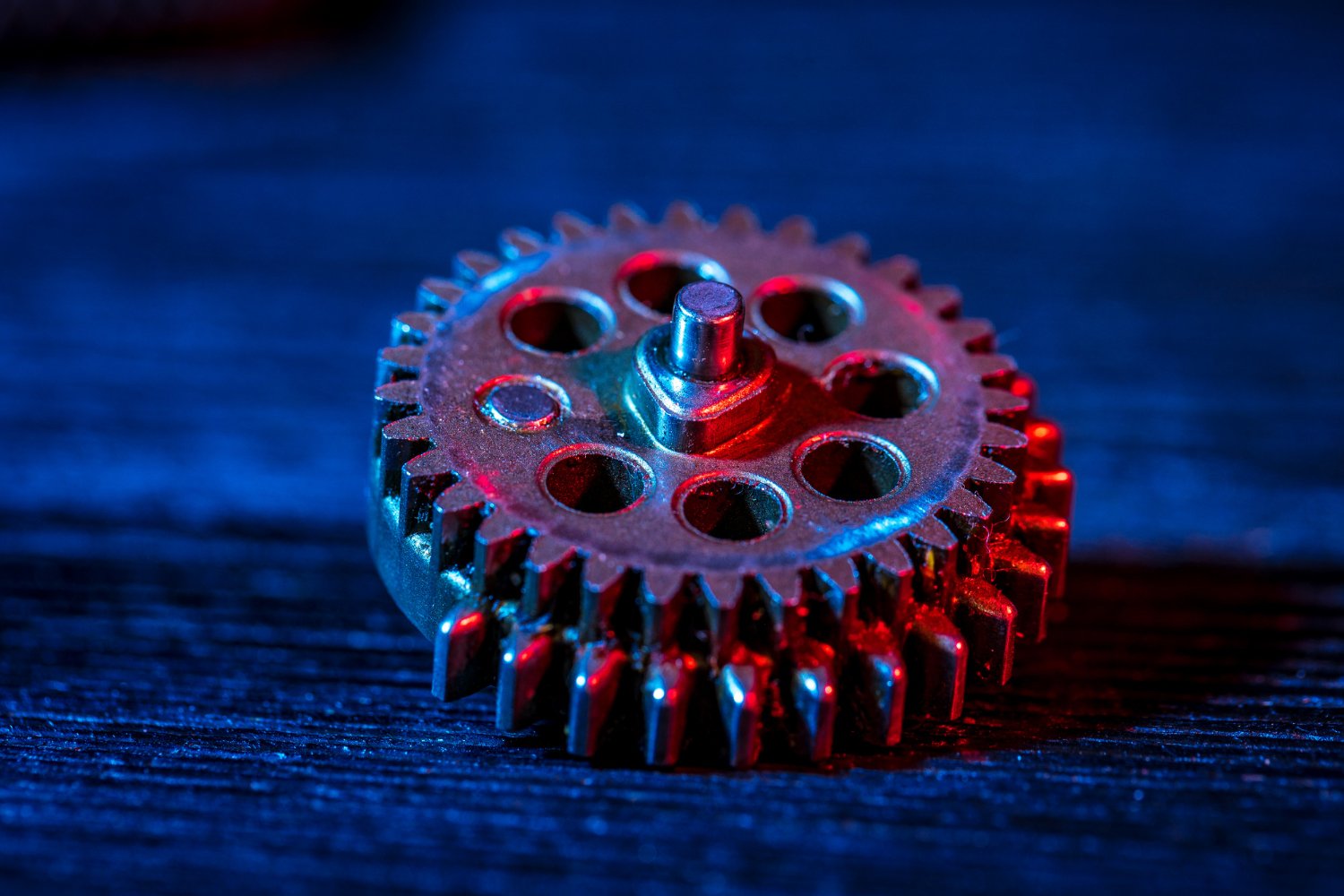
The future of gear manufacturing is expected to bring considerable developments, driven by the demand for increased performance and precision, as well as the growing importance of sustainability. Every aspect of engineering has to play a part in making it feasible and faster. From the same strategic point, material science is making a contribution with innovative technologies. One such material technology leading the way is high-energy alloys (HEAs) and advanced composites, which provide exceptional strength, resistance to wear, and lightweight qualities necessary for high-stress and efficiency-critical applications.
In order to meet the increasing demands of industries such as aerospace and automotive, smart manufacturing technologies and innovative surface treatments must be integrated.
Moreover, the trend towards sustainable techniques and nanostructured materials is a response to the growing need for gears that not only function extraordinarily well in challenging environments but also support environmental sustainability. As a result of these trends coming together, gear manufacture is entering a new era where efficiency, customisation, and cutting-edge materials come together to satisfy the demands of the industries of the future.
HEAs (High-Entropy Alloys)
In contrast to conventional alloys, which are usually composed of one primary metal and a few minor alloying elements, HEAs are made up of five or more metals in about equal proportion, with four major effects: thermodynamic high entropy effect, kinetic hysteresis diffusion effect, structural lattice distortion effect. Each of material composition and effects makes a considerable contribution to the HEAs altogether.
The elements iron, cobalt, nickel, chromium, and manganese are all common in HEA. The high-entropy principle, which is used in the design of HEAs, requires that each component element be present in significant amounts, usually 5% to 35%. This method is different from normal alloys, in which traces of other metals are present but one metal predominates.
What makes it suitable for high-performance parts?
Simple solid-solution phases like face-centered cubic (FCC), body-centered cubic (BCC), or a combination of the two are frequently formed as a result of the different multi-element composition of HEAs. The stability of phases like FCC or BCC contributes to improved mechanical properties, including:
The material’s durability and performance are enhanced by these phases, which makes it perfect for manufacturing machine parts that are subjected to extreme temperatures and stresses.
HEAs For Gear Manufacturers
For manufacturers, the adoption of HEAs offers a significant leap forward in addressing the challenges of modern gear design and production. The versatility of HEAs allows for tailored compositions that can meet specific operational requirements, such as enhanced load-bearing capacity, increased lifespan, and improved thermal stability under extreme conditions. Additionally, the ability of HEAs to maintain mechanical integrity under cyclical stress and varying temperature regimes makes them an ideal choice for gears used in high-performance applications, from aerospace to heavy industrial machinery.
Especially at high temperatures, HEAs compare favourably to several commercial alloys. That helps on its own, but another important consideration for the possible application of HEA in gear production materials is the ability to lower the alloy’s total density and add more lighter elements.
Entropy Effect:
Sluggish Diffusion:
Synergistic Effects
Refractory Metal-Based HEAs:
Benefits of Mechanical Alloying and Powder Metallurgy for Gear Manufacturers
The manufacturing of High-Entropy Alloys (HEAs) by Powder Metallurgy (PM) and Mechanical Alloying (MA) has a number of benefits for gear makers. More homogeneous microstructures are produced by these techniques, which is essential for gears requiring dependable and constant performance. In contrast to conventional casting, which may result in irregularities because of dendritic formations, PM and MA guarantee consistency, boosting the gears’ robustness and longevity. Furthermore, MA is able to efficiently handle components with different evaporation temperatures, producing alloys with optimal compositions. Larger, more consistent gear components may be produced using this method, which eventually improves performance in demanding applications like the automobile and aerospace sectors.
From the output perspective:
In particular, when scaling up from experimental samples, the capacity of High Entropy Alloys (HEAs) to form and interact with other materials is essential. Despite being relatively new, the attention has been more on comprehending the composition and processing of HEAs than on producing them in large quantities. Although HEAs have been produced using a variety of techniques, such as coating technology, powder metallurgy, and casting, issues like property dispersion and weldability still exist. More control over processing conditions is necessary to obtain consistent output, especially because microstructure can vary greatly. Compensive yield strength varies among different HEA compositions, indicating how important this is for dependable performance.
Conclusion
With qualities including high strength, thermal stability, and resistance to wear and oxidation, High-Entropy Alloys (HEAs) offer a potential material for gear manufacturing that not only meets but exceeds industry expectations. These alloys are versatile enough to be used in a wide range of industrial applications, as their composition can be changed to design-specific characteristics.
Considering that HEAs and superalloys are comparable, it is possible to produce them using current manufacturing procedures, even though issues like weldability and material flaws still exist. Because of this potential as well as their affordability and capacity to lower component weight, HEAs are positioned to be an important material for gear applications in the future, particularly in the aerospace industry where weight and performance are crucial.